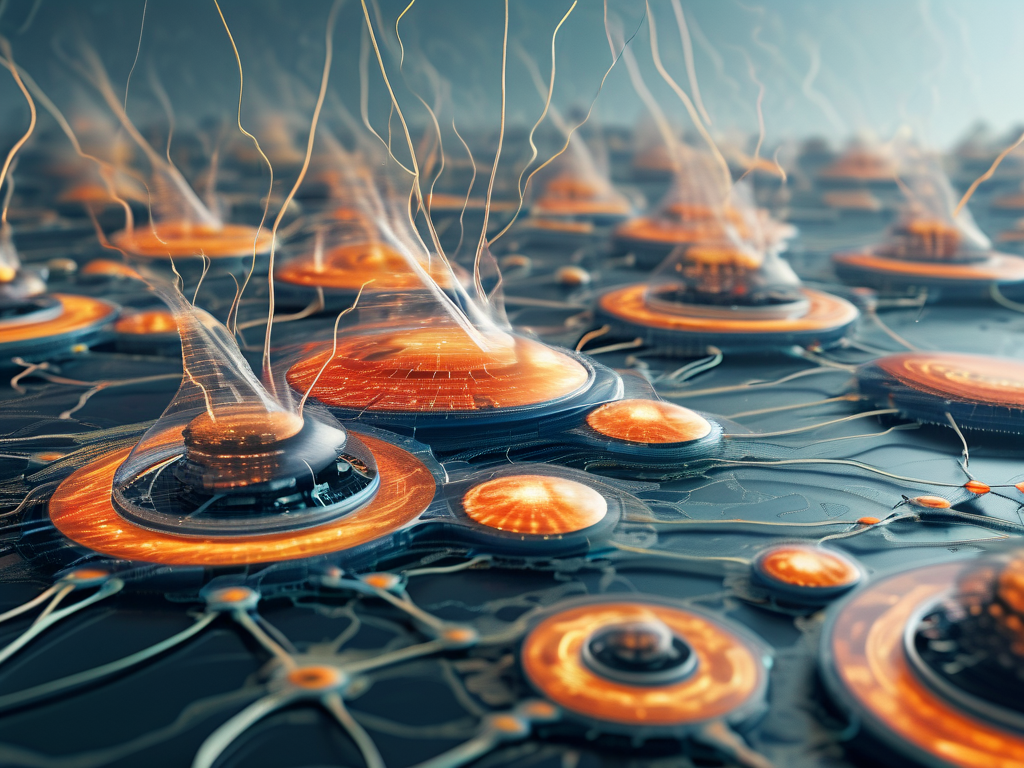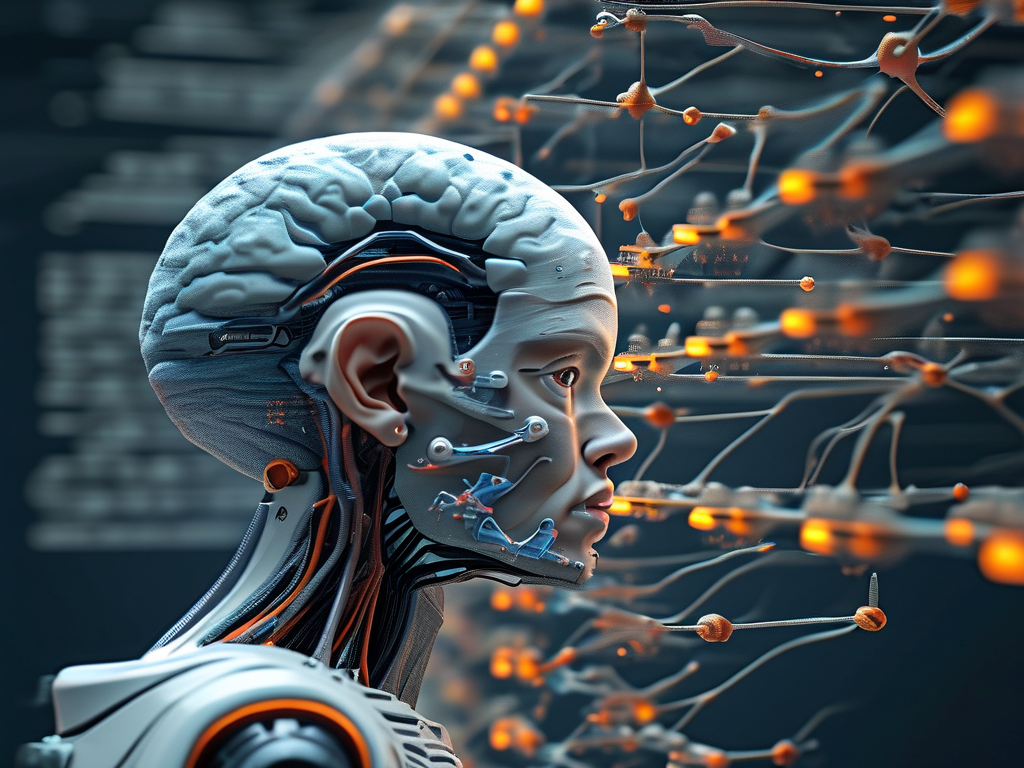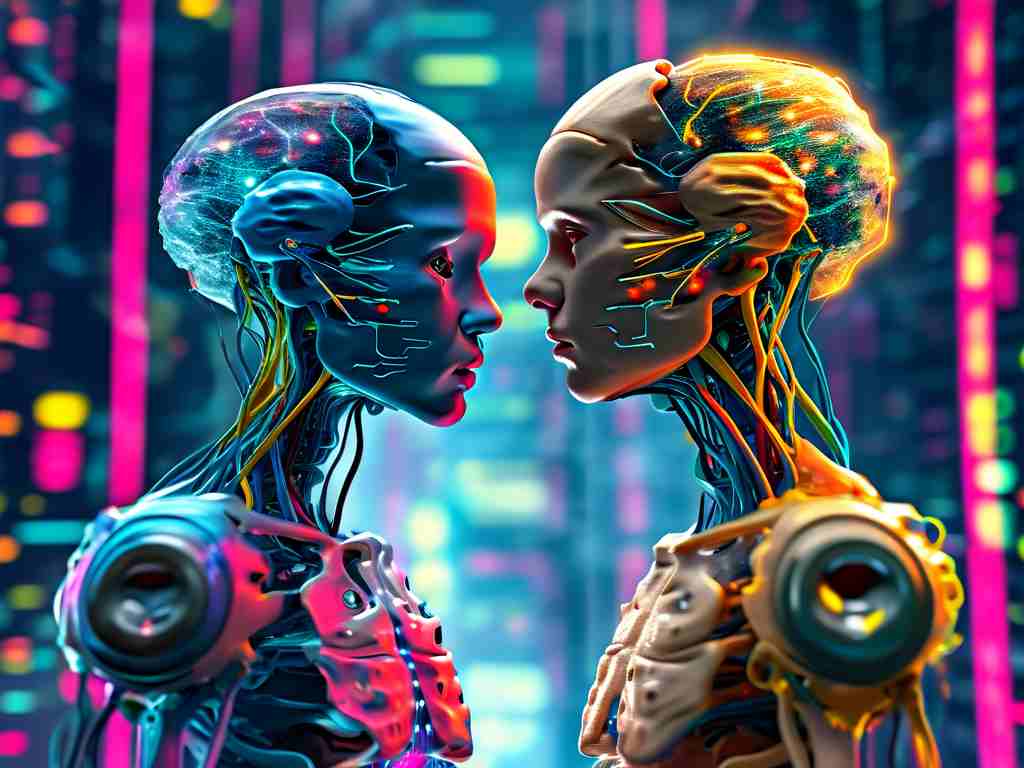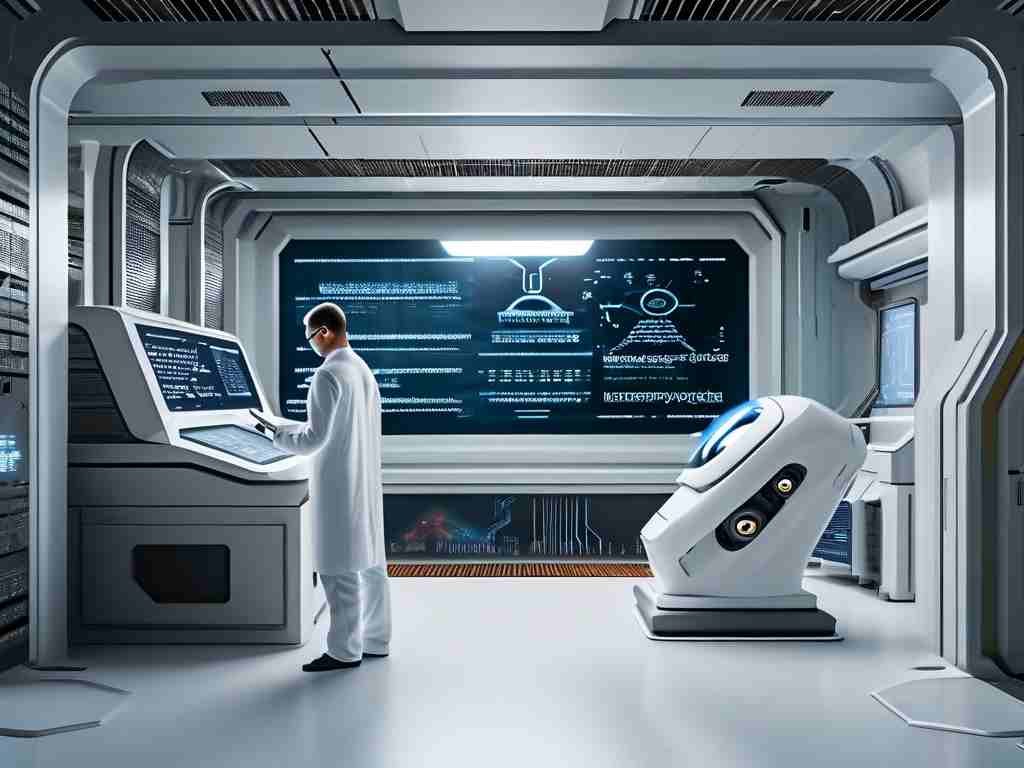The relationship between artificial neural networks (ANNs) and neural networks (NNs) often sparks confusion among newcomers to machine learning. While these terms are sometimes used interchangeably, they represent distinct concepts with nuanced connections. This article explores their fundamental relationship, technical overlaps, and practical implications in modern computing.
At its core, the term "neural network" originated from biological studies of interconnected neurons in living organisms. Neuroscientists in the mid-20th century developed computational models to simulate how biological networks process information. These early simulations laid the groundwork for what would later evolve into artificial neural networks – engineered systems designed to replicate neural behavior through mathematical frameworks.
Artificial neural networks specifically refer to computational architectures inspired by biological systems. Unlike broader "neural network" concepts that might include theoretical models or biological analogs, ANNs implement structured layers of artificial neurons using activation functions and weighted connections. A typical ANN comprises three primary components: input layers that receive data, hidden layers that process information, and output layers that deliver results. This structured approach enables machines to recognize patterns and make decisions without explicit programming.
The distinction becomes clearer when examining historical context. Pioneers like Warren McCulloch and Walter Pitts first conceptualized neural networks in 1943 through mathematical models of brain activity. Decades later, Frank Rosenblatt's perceptron algorithm (1958) marked the birth of practical artificial neural networks. Modern deep learning systems – technically sophisticated ANNs with multiple hidden layers – demonstrate how the original neural network concept has been adapted for complex computational tasks.
Technical implementations further highlight the relationship. All ANNs are neural networks, but not all neural networks qualify as ANNs. Biological neural networks in living organisms, for instance, operate through electrochemical processes rather than digital computations. Similarly, theoretical neural network models in academic research might lack the algorithmic structure required for practical machine learning applications. ANNs specifically incorporate trainable parameters, backpropagation mechanisms, and optimization algorithms that enable machine learning.

Industry applications demonstrate this relationship in action. When engineers develop image recognition systems, they typically employ convolutional neural networks (CNNs) – a specialized type of ANN. While CNNs fall under the broader neural network category, their artificial nature distinguishes them from biological counterparts. This practical implementation shows how ANNs operationalize neural network principles for technological solutions.
The evolution of terminology reflects technological progress. Early AI researchers used "neural network" to describe both biological and computational models. As engineering applications matured, "artificial" became a necessary qualifier to differentiate human-built systems from natural ones. Modern literature often uses "neural network" as shorthand for ANN, particularly in software development contexts, though technically this represents a narrowing of the original term's scope.
Understanding this relationship carries practical significance for developers. When designing machine learning architectures, engineers must choose between various ANN types (feedforward, recurrent, transformer) based on task requirements. These decisions rely on recognizing how different artificial implementations align with core neural network principles. For instance, recurrent neural networks (RNNs) mimic biological networks' temporal processing capabilities through memory loops – a feature absent in simpler ANN structures.
Future developments may further blur or clarify these distinctions. Neuromorphic computing research aims to create chips that emulate biological neural networks' energy efficiency and parallel processing. While such hardware could be considered artificial neural networks, their biological fidelity might warrant new terminology. This ongoing innovation ensures the relationship between ANNs and NNs will remain a dynamic area of study.
In educational contexts, clarifying these concepts proves crucial. Computer science curricula often introduce ANNs as practical implementations of neural network theory, emphasizing their role in solving real-world problems. By contrast, neuroscience programs might focus on biological neural networks while acknowledging ANN developments as parallel achievements in simulation technology.
For businesses adopting AI solutions, this distinction influences technology selection. Marketing teams using natural language processing tools benefit from understanding whether their systems employ basic ANNs or more specialized variants like transformers. This awareness helps optimize resource allocation and manage expectations regarding system capabilities.
The symbiotic relationship between these concepts drives AI innovation. Biological neural networks continue inspiring ANN improvements, while ANN advancements provide new tools for studying biological systems. Recent breakthroughs in protein folding prediction, for example, emerged from ANN architectures that mirrored biological networks' pattern recognition strengths.
Ethical considerations also intersect with this technical relationship. As ANNs grow more sophisticated, debates intensify about comparing artificial and biological intelligence. Understanding the fundamental differences – particularly ANNs' lack of consciousness despite their neural-inspired design – becomes essential for responsible AI development.
In , artificial neural networks represent a specialized subset of neural network concepts adapted for computational problem-solving. Their development has transformed theoretical models into practical tools powering modern AI applications. As technology evolves, maintaining clear distinctions between biological inspiration and engineered implementation will remain critical for researchers, developers, and policymakers shaping the future of intelligent systems.






